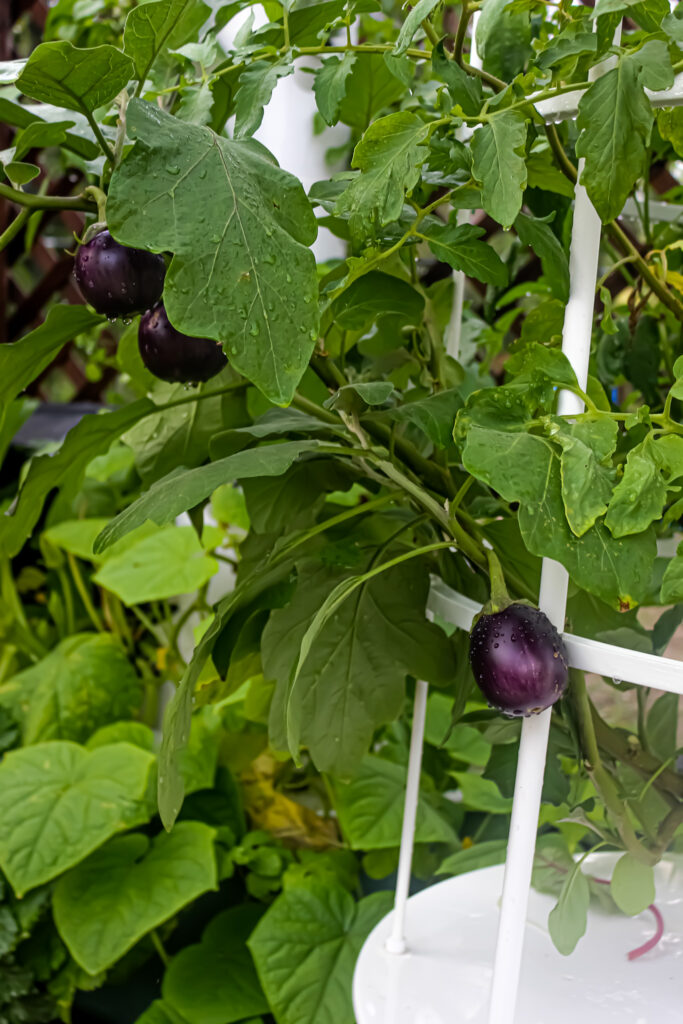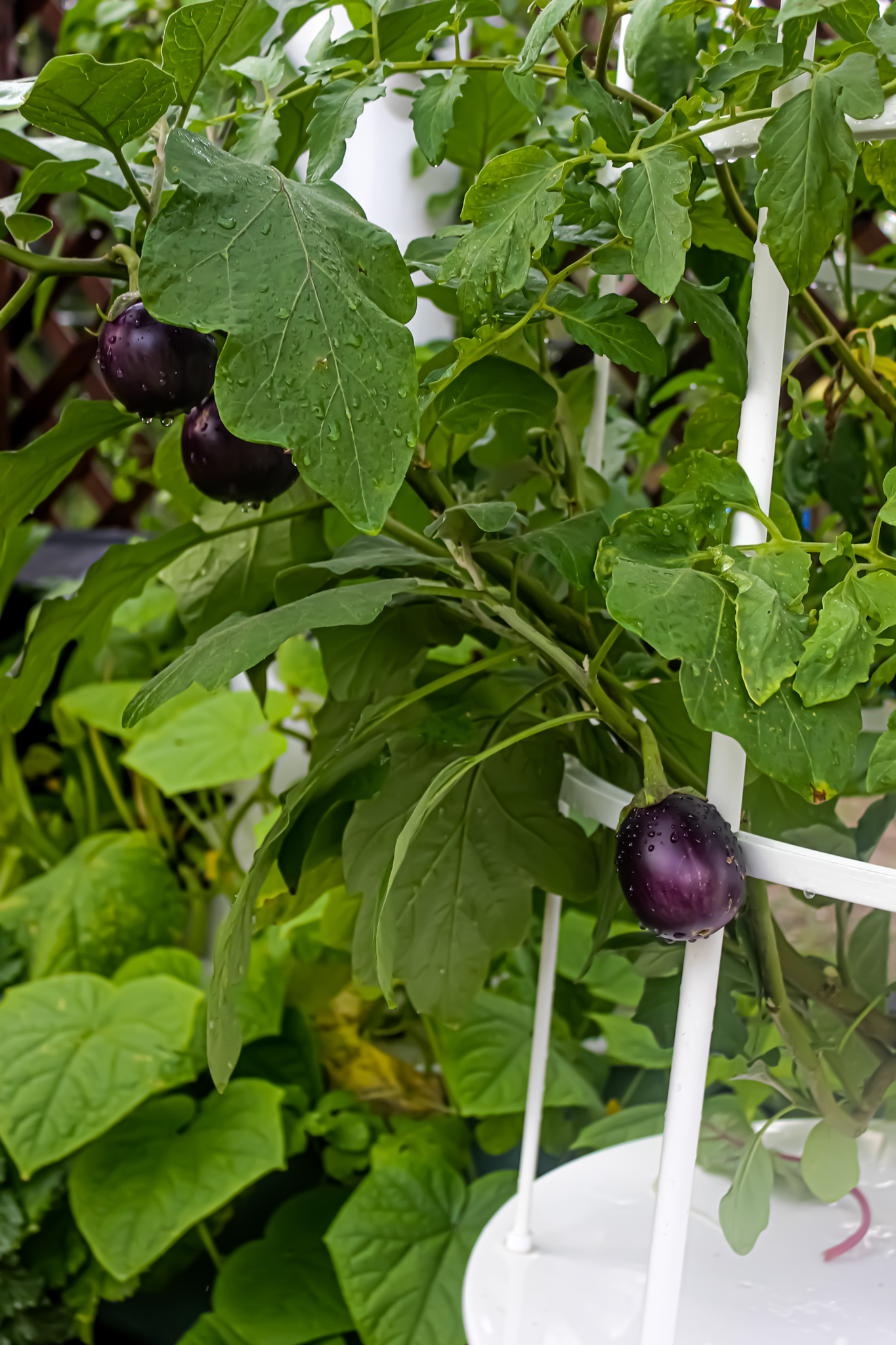According to the UN, food production around the world currently accounts for 40% of land use 30% of greenhouse gas (GHG) emissions and 70% of freshwater consumption.
The UN also predicts the global population will increase from less than eight billion today to around 10 billion in the next three decades. Think about farming for 2 billion plus more people when the soil we grow our crops in has already been depleted.
The UN estimates that the obese now outnumber the chronically underfed, we are consuming more calories with less nutrients, and one-third of all food grown is being wasted. That includes 45% of fruit and vegetables.
The sustainability and nutrient content of the produce grown to feed our families, neighbors, and the world population clearly has many opportunities.

Aeroponic Tower Farming is the answer to those opportunities
Land use:
Depending on how a farm is configured, up to 250,000 plants can be grown on 1 acre.
Each Tower takes up less than 6 sq ft. and uses stackable sections that can hold four plants each. This means an 11 section-tall unit accommodates 44 plants. Allowing up to 10x more produce than a traditional farm of the same size.
Tower Farms can be grown on roof tops, indoors, or in greenhouses in or close to urban areas. With the ability to grow indoors variables associated with weather are not an issue.
Since towers grow off of the ground the risk of soil-borne pests and plant diseases is reduced. Plus, each tower grows independently, so any issues can be isolated and addressed individually without jeopardizing the entire farm.
Greenhouse gas (GHG) emissions:
Large gas-powered farm equipment is not required for a Tower Farm
Because Towers are located in or around urban areas the shipping/trucking footprint for taking produce to consumers is smaller.
Pesticides are not needed which makes for healthier food, soil, and a cleaner water table.
Freshwater Consumption
By using closed-loop technology, Tower Farms systems recycle water and nutrients. Due to this recycling process they use up to 98% less water than traditional farms. Making Tower Farms an excellent solution in drought-stricken regions.
Population Growth:
Considering current land use percentages for farming, and projected population growth moving toward innovative vertical farming is not an option, it’s necessary. Utilize the 40% of land already dedicated to farming for the items that require traditional farming like root vegetables and free range livestock.
The Tower Farms aeroponic growing process produces up to 30% greater yields 3x faster compared to traditional farming methods. For most herbs and leafy greens, the seedling to harvest cycle can be as short as 21 days.
Nutrient Content:
More than 150 different plants can be grown using Towers from delicate herbs and greens to hearty fruiting crops, such as tomatoes and squash. This allows the farmer to adapt their crop selection strategy, and for the consumer the ability to add different types of produce to their diets.
Growing on an urban farm food transportation time is reduced allowing produce to ripen naturally on the vine. (Produce shipped from country to country or state to state is picked before it is ripe and at peak nutrient levels.) Why is this important? 1. Because it is local: The produce is ripened naturally so it is more nutrient filled and, fresher. 2. Studies have shown that aeroponic methods increase the nutrient density of some crops.
Turn off the TV and Grow a family garden:
Tower Garden has a vertical, compact design and closed-loop system technology, so it requires as little as 10% of the space and water you’d use with traditional growing. Plus, Tower Garden HOME lets you grow greens and herbs indoors, year-round. Allowing you to grow your own healthy food — in a way that’s also healthier for the environment. Fresh produce from your Tower to Table, zero carbon footprint.
Sources:
- https://www.unwater.org/water-facts/water-food-and-energy/
- https://www.un.org/development/desa/en/news/population/world-population-prospects-2017.html
- http://www.verticalfarm.com/?page_id=36
- https://www.hindawi.com/journals/ecam/2014/253875/
- https://www.towergarden.com/content/towergardenblog/en/2016/7/drought-gardening.html
- https://www.nasa.gov/vision/earth/technologies/aeroponic_plants.html
- https://www.towerfarms.com/us/en/faq
- https://www.ubs.com/global/en/wealth-management/chief-investment-office/investment-opportunities/sustainable-investing/2019/food-revolution.html

